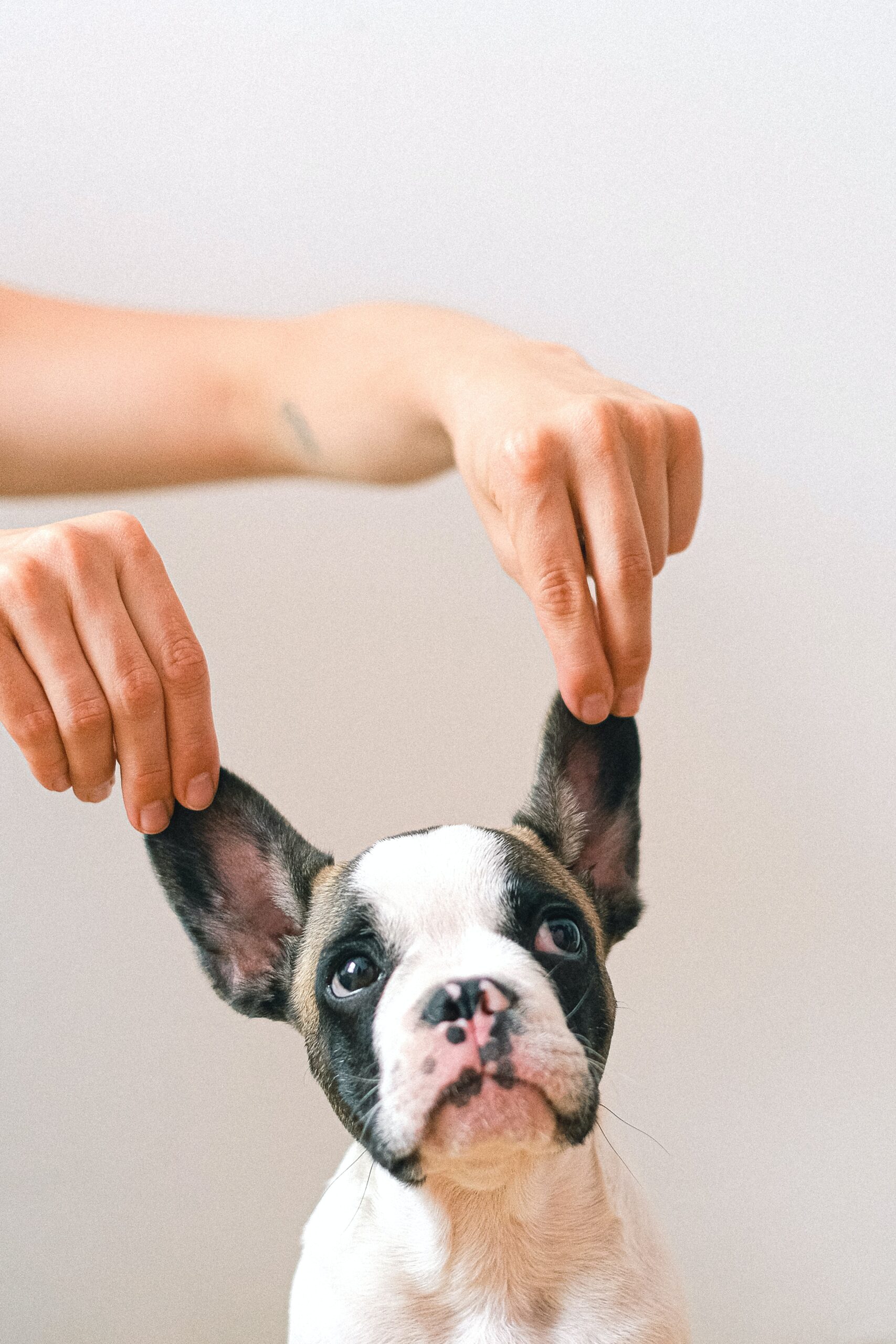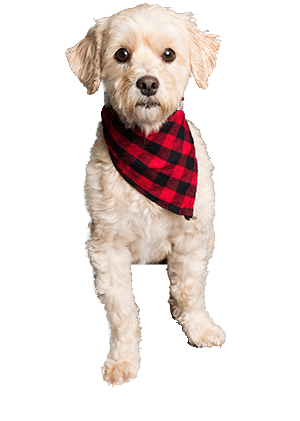Houston Ranks Second in U.S. for Dog Attacks on USPS Workers
In the bustling metropolis of Houston, a surprising concern for United States Postal Service workers underscores the challenges of this oftentimes overlooked profession: dog attacks. According to recent data, Houston ranks second nationwide for incidents involving dogs and USPS carriers. This statistic not only highlights a pressing safety issue but also sheds light on broader community dynamics.
Understanding the Scope of the Problem
Each year, hundreds of USPS employees encounter aggressive dogs while delivering mail. These incidents can range from minor scares to severe injuries. In 2022 alone, **5,300 postal employees were attacked by dogs** across the United States. Alarmingly, Houston stood near the top, with more than 50 such attacks recorded. This places Houston just behind Los Angeles in the nationwide ranking.
But why is this trend so pronounced in Houston? The city’s sprawling suburbs, diverse neighborhoods, and cultural fondness for pet ownership create perfect conditions for potential encounters. With over 232 days of sunshine annually, like-minded Houstonians embrace outdoor activities, pairing them with their pets. However, this community culture inadvertently enhances opportunities for dog and postal worker interactions.
Factors Contributing to Dog Attacks
Several factors contribute to this troubling statistic, underlining the need for both public awareness and responsible dog ownership. Some of the primary reasons for these attacks include:
- Unrestrained Dogs: Many attacks occur when dogs are not properly restrained. Given Houston’s love for freedom and open spaces, pets are often left to roam free, increasing the risk of confrontations.
- Fear and Territorial Behavior: Dogs naturally guard their homes and often perceive postal workers as intruders, which can trigger defensive aggression.
- Lack of Training: Insufficient obedience training can make it difficult for owners to control their pets, especially during unexpected encounters.
- Ignorance of mailing schedules: Many pet owners may not be aware of regular mail delivery times, leading to unsupervised dogs during these peak periods.
How USPS is Responding to the Threat
The rising rate of dog attacks has prompted USPS to take definitive action to protect its workers. Training and preventive measures are at the forefront of their strategy:
Enhanced Training Programs
USPS employees receive rigorous training focused on recognizing aggressive dog behavior and safe response strategies. This training aims to reduce potential risks and empower employees with the skills to protect themselves effectively.
- **Identifying clear signs**: Understanding when a dog feels threatened or distressed can prevent an attack from escalating.
- **Defensive measures**: Employees are trained to use preventative tools and techniques to alleviate a potential threat without harming the animal.
Community Engagement Initiatives
Collaboration between USPS and local communities is vital to minimizing these incidents. USPS has spearheaded several community outreach programs to educate residents on responsible pet ownership.
- Dog Awareness Campaigns: Targeted campaigns emphasize the importance of restraining pets during mail delivery times and regular check-ups for behavioral adjustments.
- Door Tags and Notifications: USPS leaves informative door tags to alert homeowners of delivery schedules, encouraging them to securely restrain their pets during these periods.
- Public Seminars: Collaborating with local vet clinics, USPS organizes seminars on pet safety and USPS practices.
Guidelines for Pet Owners to Ensure Safety
Mitigating dog attacks on postal workers requires collective effort, especially from pet owners. Here are some guidelines for Houston’s residents to follow:
Behavioral Training and Responsible Ownership
- Regular Training Sessions: Engaging dogs in regular training sessions to understand basic commands ensures better control during diverse situations.
- Regular Vet Check-ups: Animal behavior can be influenced by health status. Routine check-ups can mitigate unpredictable aggressive behavior.
- Informed Awareness: Understanding common delivery timings can prevent unsupervised dogs from encountering postal workers.
- Fencing and Restraints: Maintaining proper restraints such as reliable fencing and leash training minimizes the chances of dogs roaming freely.
The Path Forward for a Safer Houston
Houston’s ranking as the second-highest city for dog attacks on USPS workers serves as a wake-up call. While the city’s vibrant culture and pet-loving community are points of pride, they also come with responsibilities. Collaborative efforts between residents, USPS, and community leaders are crucial in ensuring the safety of both postal workers and pets.
By adopting informed measures and establishing a community-wide commitment to safety, Houston can set an example for other cities grappling with similar challenges. As the dialogue on this issue grows, awareness and concrete actions have the potential to bring positive change, not only reinforcing the bond between humans and animals but also emphasizing the importance of a safe working environment for all.


